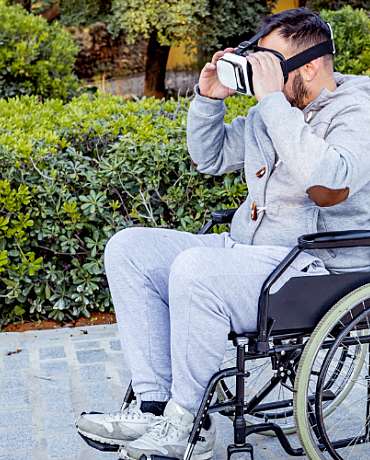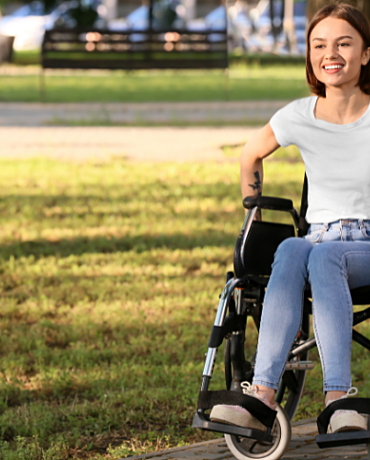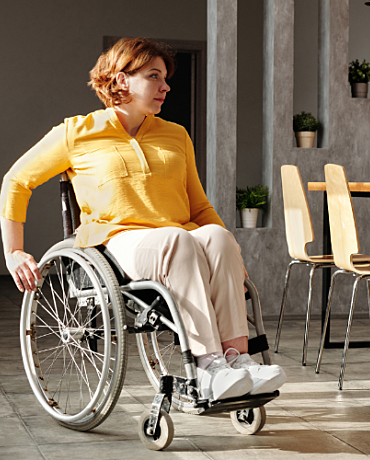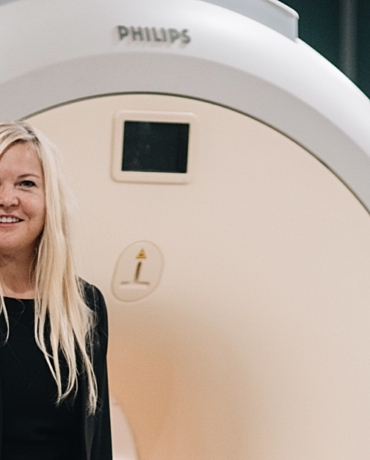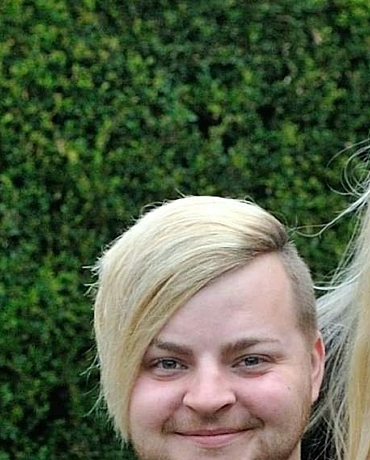Nerve and spinal cord injury
Focused on the prevention and treatment of spinal cord injuries, our research ranges from development of preventative strategies to studies of treatments that improve the health and capacity of spinal patients.
Focused on the prevention and treatment of spinal cord injuries, our research ranges from development of preventative strategies to studies of treatments that improve the health and capacity of spinal patients.
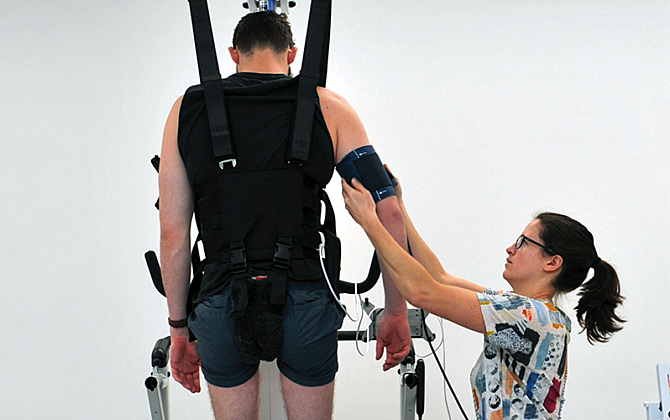
These are often a result of trauma such as experienced in motor vehicle accidents, sports injuries and falls, and are seen most frequently in young men aged between 15-24 years. Spinal cord injuries can also have non-traumatic causes, such as arthritis, disc degeneration or other diseases such as cancer.
NeuRA’s research ranges from development of preventative strategies to studies of treatments that improve the health and capacity of spinal patients.
Spinal cord injury research at NeuRA covers a large area and several of those areas are set out below.
NeuRA is studying how mechanical forces affect the tissues of the human nervous system, including the spinal cord and peripheral nerves. Recent work has shown that the differences in spinal cord injury incidence and severity between adults and children are influenced by differences in spinal column flexibility and in how spinal cord tissues respond to mechanical loading.
Respiratory complications, such as control of couching, are the major cause of death for people with spinal cord injuries. Due to paralysis of the abdominal muscles, people with high level spinal cord injury have a reduced ability to cough and to clear secretions from the lungs, which can lead to infection. NeuRA is looking at ways to improve coughing in people with spinal cord injury using electrical stimulation of the abdominal muscles.
Additionally, NeuRA is currently completing atlases of the rat and mouse spinal cord. We are using the distribution of chemicals to find those neurons in the spinal cord that animate muscles or control the autonomic nervous system, which controls unconscious bodily functions. We have also commenced our work on the human spinal cord, establishing the areas that correspond with the cord of experimental animals.
NeuRA has shown that electrical stimulation of abdominal muscles can improve coughing in people with spinal injuries significantly. We are now looking to improve coughing through muscle training as well as ways to develop a portable stimulator that would allow independent activation of a cough.
Further recent work has shown that the differences in spinal cord injury incidence and severity between adults and children are influenced by differences in spinal column flexibility and the way spinal cord tissues respond to mechanical loading.

Senior Principal Research Scientist (Conjoint)
Every dollar of community support enables our scientists to continue making life-changing discoveries that contribute to a brighter and healthier future.
Run, swim or bake your way to making a positive difference in the lives of people touched by brain and nervous system disorders.
Stay informed about our latest research breakthroughs, scientific discoveries and the incredible minds behind them – subscribe today.
Neuroscience Research Australia respectfully acknowledges the Bidjigal and Gadigal peoples of the Eora Nation as the Traditional Owners of the Land on which we stand and pay our respects to Elders past and present.
Redevelopment of the NeuRA website has been made possible by the generous support of Conexus Financial.
